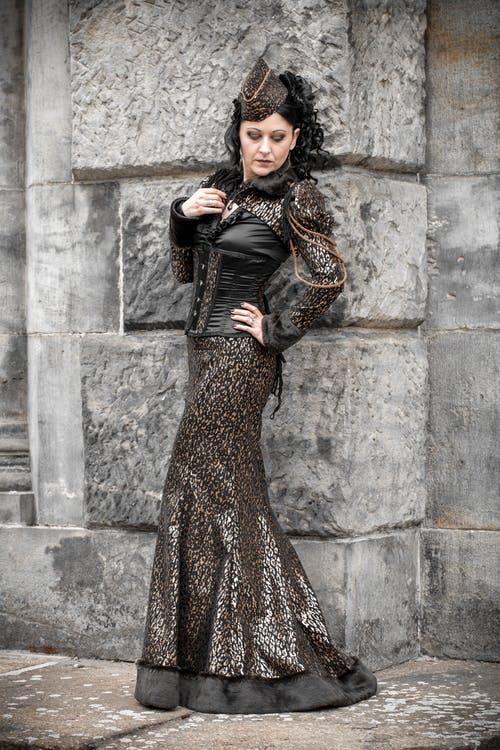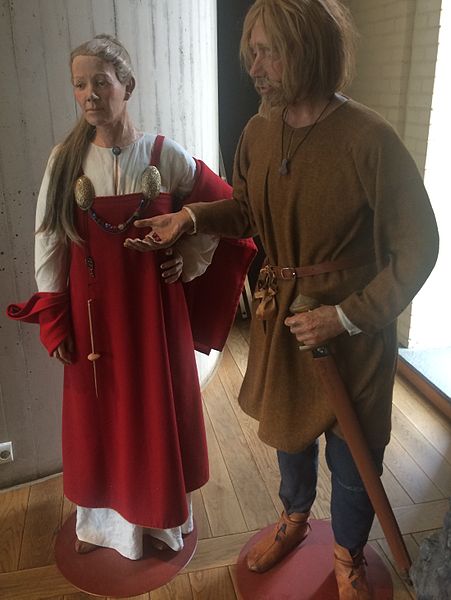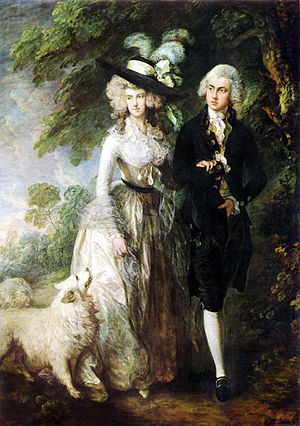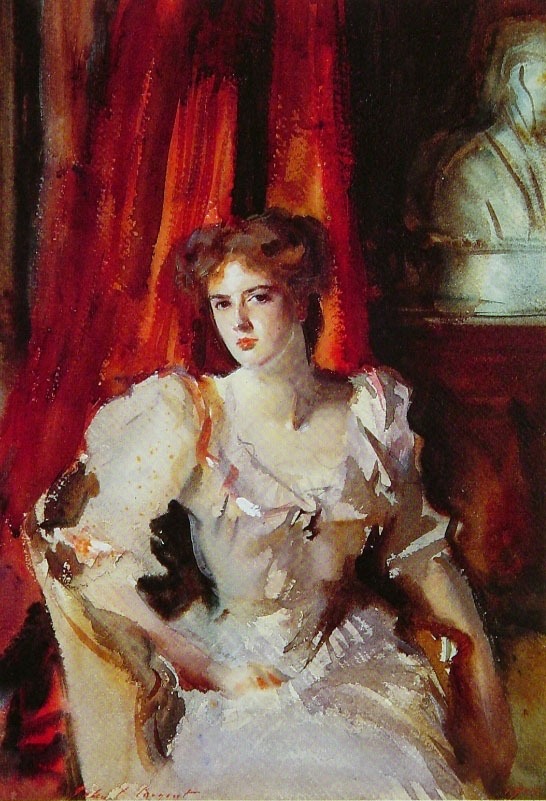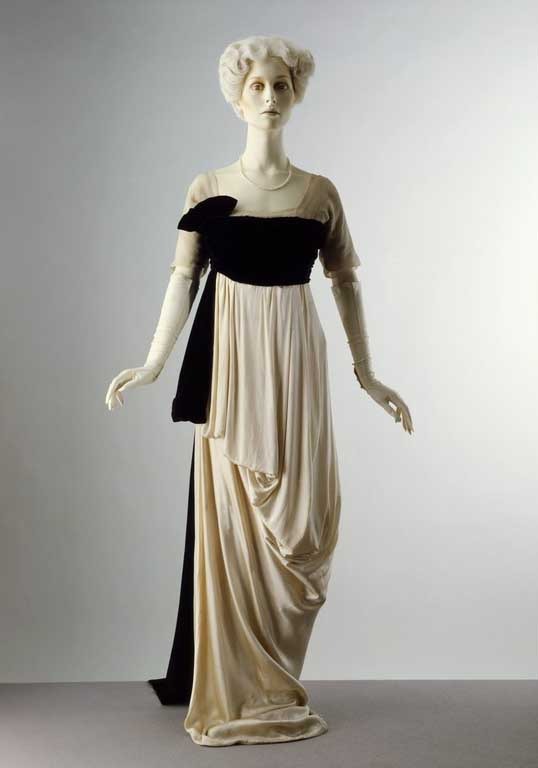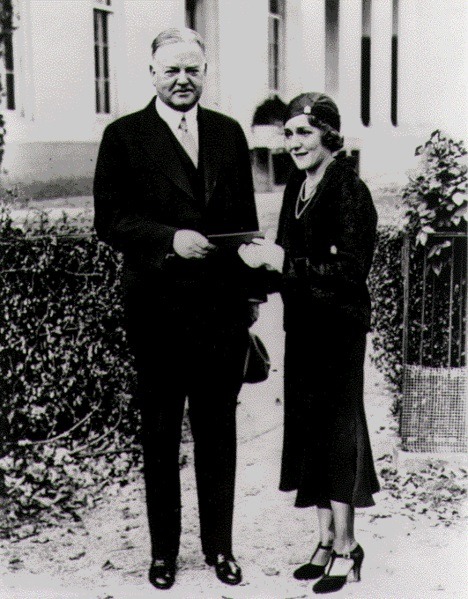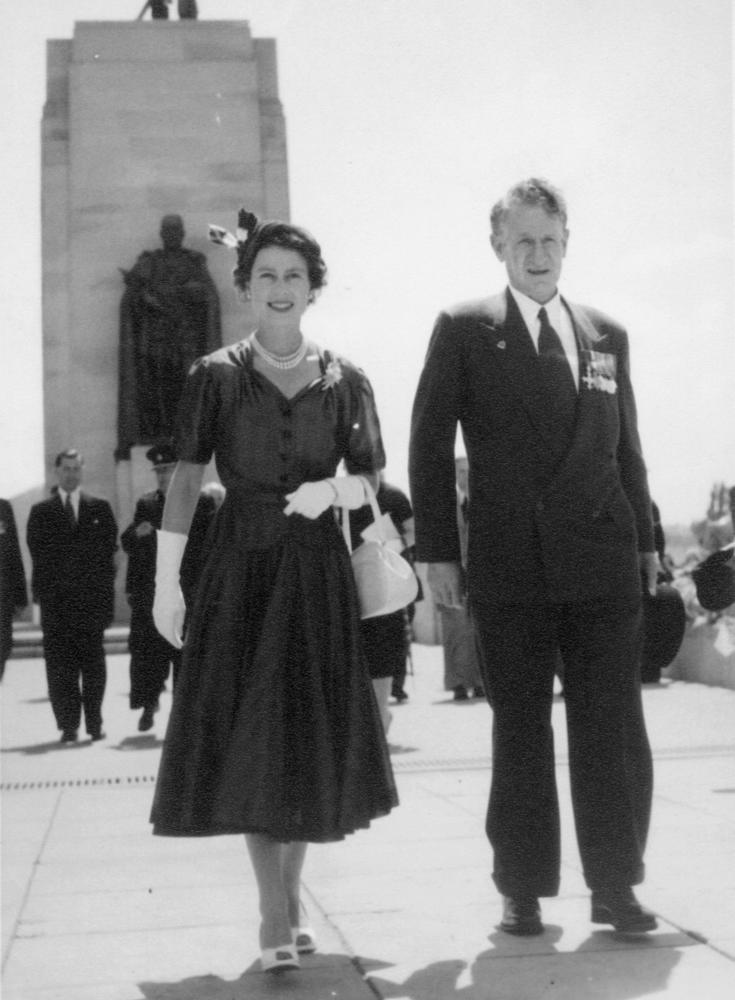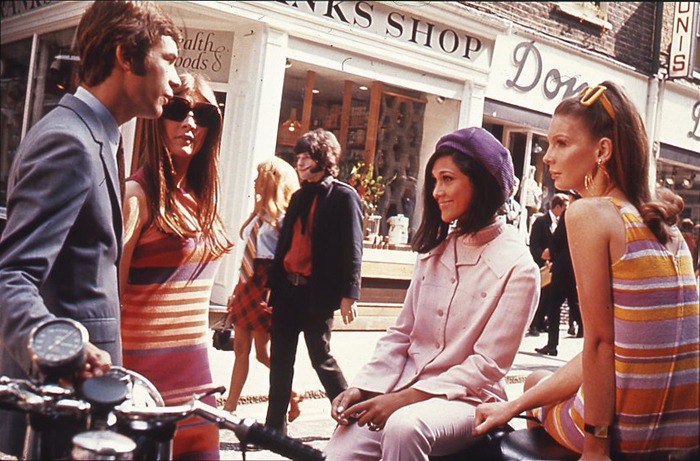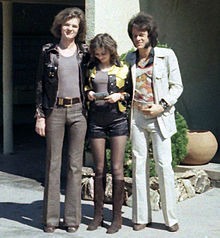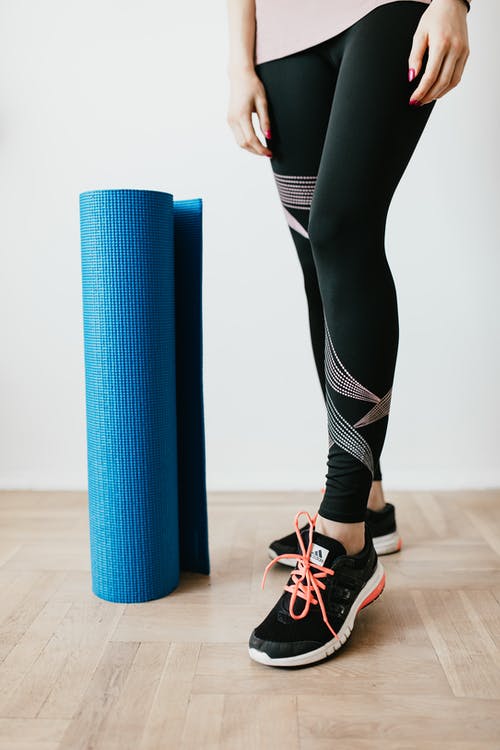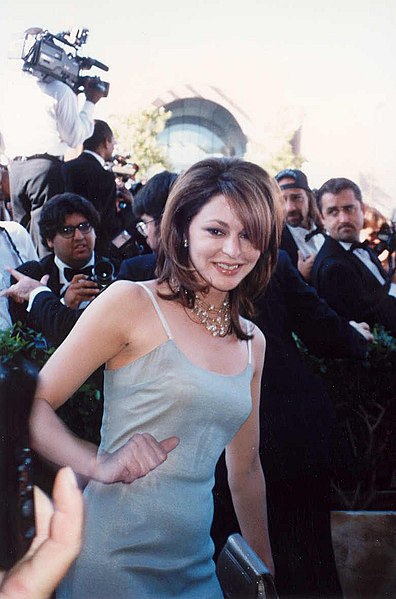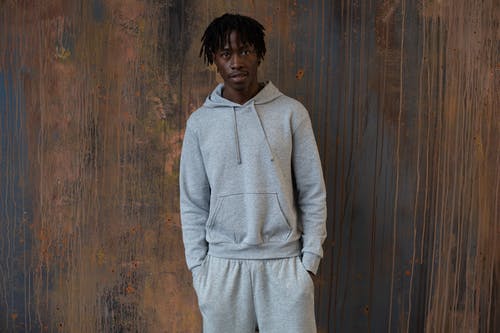The Romans and Egyptians were very interested in their appearance and they put a lot of effort and money into fashion and style. Wearing a particular type of dress was the means of communication of status, profession, and wealth. In the 15th century, the Burgundian court of Philippe le Bon established itself as a fashion in Europe. During the Renaissance and Baroque periods, the focus of fashion shifted from Burgundy to Italy and then France.
In the history of fashion, 100 years is not a particularly long time. Throughout fashion history, the difference between trying to get in a fitted belt, ankle-length skirt, and donning the Nike leggings and Vans sneakers you wear today. With the changing period, there have been major changes in fashion, social norms, culture, politics, and technology reflected in its cycle of ever-changing trends.
Ultimate Guide to Historical Fashion
From high-rise to platforms of the 70s to the high-waisted bikinis of the 40s were the popular styles in the past decades or century. These fashion designs have served as inspirations for modern designers.
Roman Era Fashion 500 BC – 323AD
The inhabitants of Rome carried a cultural prejudice. Their clothing indicated their social status, wealth, profession, etc. In Rome, the women used to wear a palla. It is a shawl over the head or over the stole that is a long dress of the Roman Era. The Roman men used to wear a toga over a tunic. The toga was a semicircular fabric that covered the body. It was a mark of Roman citizenship.
The draped style of clothing was popular among Romans from 500 BC to 323 AD. In appearance, the tunics of Romans were close to the modern dresses.
Middle Ages 400 to 1200 AD
It is the fashion period after the departure of the Romans from England. Under the reign of Anglo-Saxons, the men and women wore a belted tunic. The tunic of women reached their ankles and above them, a shawl covered their heads. The color of the clothing was used in a way to indicate the financial status of the people.
The rich women used to wear layers of dresses. The rich men used to wear tunics that were sewn up on the sides. On the other hand, the poor people had tunics opened from hem to waist. After the Norman invasion, fashion changed in England. Clothes became tighter and more elegant.
At the start of the 14 century, men and women began to wear different styles of dresses. It was a huge change from the previously worn dresses by both genders. The women started to wear bodycon dresses having long sleeves and wide skirts. The men wore tight sticking of wool or linen under the short tunics.
The older men used to wear long dresses or gowns with wide sleeves. Later on, the tunics were replaced by short jackets over quilted leotards.
Renaissance Period – 1350 to 1520
It is one of the important periods in the history of fashion. It is because of the aristocrats, who had a great interest in fashion. A lot of money was spent on clothes in this era. Henry VII, King of England, spent a fortune on clothes and the aristocrats followed him in spending money on fashion such as Renaissance Faire Clothing.
A new cultural order emerged during the Renaissance period. It was the merchants’ and the traders’ clothing, also known as the middle class. Clothing during this period was the reflection of the social position of the wearer.
Fashion from 1600 to 1900
The Elizabethan period (1558 – 1603), Restoration (1660 – 1700 AD), and Victorian period (1837 – 1901) were the eras of the evolution of fashion. But nothing revolutionary happened with the change in dress styles. Ladies used to wear gowns and men used to wear jackets and trousers. This has been established as the dress code. The men’s fashion consisted of a shirt, waistcoat, buckle shoes, and an outer coat.
The dressmakers, tailers, or designers designed the clothes for the aristocrats and everyone was supposed to follow them. Marie Antoinette, Queen of France (1770 -1789) dictated the fashion during her reign. Rose Bertin, the queen’s seamstress was very influential during this time. The French Revolution of 1789, overthrew the French royalty. It was a historic event that turned the history of fashion upside down.
Another important event during this period was the Industrial Revolution in Great Britain (1760 – 1840). During this period, textile manufacturing was flourishing in Britain. Until then, everything was done by hand and the machines took over the tailoring and production. The machines produced fine gauge knitted and woven fabrics.
The invention of the sewing machine in 1790 made it possible to sew and produce clothes quickly and with lesser labor. The common man was not into fashion because it was more a cultural matter than showing off personal style. From the 1770s, fashion was the common or mainstream thing. The evolution of fashion as we know it today, therefore, started from this era. It didn’t change much during the early 1900s.
Fashion History – 20th Century
In the 20th century, the fashion industry had a lot of changes. Fashion was adopted by the masses during this era. The evolution of the entertainment industry and its massive growth have led people to be influenced by fashion in music scenes and films. The introduction of synthetic fiber and the availability of cheaper and practical mass-produced clothing changed the fashion industry like never before.
The S-Bend Corset – 1900s
The Edwardian period was the introduction of the S-bend or health corset. It is a style that altered the posture of the wearer and surprisingly it is not healthier than its predecessors. Towards the end of the decade, the fashion was shifted to shapewear and moved away from the dramatic silhouettes and hourglass. It has been demanded by women for decades.
The leisurewear was also introduced with options of woolen sweaters, long skirts, and blazers. It became part of women’s wardrobes in the 1900s.
The Hobble Skirt – the 1910s
This period was the major change in the silhouette of women’s dresses. The S-Bend corset which made the waist very narrow with the corsets paved the way to a straight and slim silhouette. Also, the hems slipped just past the ankle. It made it easier for women to walk with fewer complications.
The famous fashion designer Paul Poirot took part in this change. He designed the first outfit a woman can wear on her own. Also, additional clothing such as a petticoat or corset was removed from the clothing. The dress was tight at the ankle and sometimes with the stripes below the knee. These were known as a flapper or hobbling skirts.
This fashion luckily did not last long, the more practical coats and lace-up boots of the era, echoed the fashion as of today. Another fashion of this era was orientalism with caftans, turbans, and pants. During World War I (1914 – 1918, the war had a great effect on fashion. People started adopting austere measures to keep the costs down. Monochrome and darker colors were used for clothing.
Flapper Style – 1920s
This period between the wars is known as the Golden Era of French Fashion. The United States began to be very prosperous. Besides aristocracy and royalty, a new group of clients has emerged for the fashion houses such as wives of industrialists, film stars, and American entrepreneurs. During this era, women gain independence and even gained the right to vote. As a result, they joined the labor market more than ever.
During this era, the androgynous appearance was accepted. People abandoned the elaborate dress style for a sportier and flat-chested appearance. Bob cuts, a short haircut style instead of long hair, and short skirts instead of long trains were all the rage. The corset has been more or less replaced by a straight silhouette and it became a norm in 1925. During this period, the waistline dropped and the waistless flapper style gained unprecedented popularity.
On the other hand, there has been a significant change in men’s clothing too. The formality of the past years has been replaced by the clothes that put more emphasis on youthfulness, sportswear, and relaxation were accepted. The wide gray flannel trousers called Oxford bags have become popular. The long stiff jackets were replaced by the short jackets. The promotional knickers gained popularity. The tailcoat has been replaced by a short tuxedo.
Movie stars such as Louise Brooks, Collen Moore, Gloria Swanson influenced the formation of the fashion sensibilities of the time. The designers of the era were as follows:
- Coco Chanel
- Jean Patou
- Jeanne Lanvin
Coco Chanel was the most popular and iconic designer of the era. She popularized the little black dress, use of knitting in clothes, and her signature jacket.
Bias-Cut Gowns – 1930s
The Wall Street crash of 1929 also had a major impact on the fashion scene. The frivolous clothing gave way to the conservative sartorial style. During this period, there was a resurgence of women’s fashion to reclaim the elegance and sophistication of clothing. Ankle-length skirts and evening dresses became popular again. At the same time, the girls started wearing pants or trousers.
On the other hand, sportswear was gaining popularity. Also, the women became interested in sports and acquired a more athletic figure at that time. As the American public recovered from the Great Depression, the big screen became a welcome play of escape. The movie icons like Bette Davis, Joan Crawford, and Jean Harlow dazzled in glamorous dresses and bespoke skirt suits.
The silhouette was slender and long. Thanks to Madeleine Vionnet’s popularization of the bias cut, an item of clothing that allows the fabric to cover the body. The other fashion designers than Vionnet of that era were Elsa Schiaparelli and Main Rousseau Bocher.
The Bikini – 1940s
Everything changed in the fashion industry after World War II. Booming the consumer society had emerged with the common man taking the center stage. Also, it changed the fashion scene as a whole. Mass manufacturing had gained popularity alongside ready-to-wear. Many fashion houses in Paris got closed during World War II and never opened. Also, the fashion scene moved from Paris to London and then to New York.
Handmade clothes became unaffordable for the new impoverished aristocracy. The fashion houses fell out of favor. The factory-made clothes were adopted by the common man. The wealthy having enough austerity during the World War began to take an interest again in the elaborate dresses of yesteryear. Age has also seen the return of corsets. The ready-to-wear dresses were adopted by modern women as they were considered trendy and elegant.
Nylon and polyester were discovered in the 1940s. Their discovery was revolutionary in the fashion industry. The discovery of nylon led to substitute the of silk for the making of less expensive clothing and leggings.
Polyester and nylon had just been discovered and it was revolutionary. The discovery of nylon led him to substitute silk to make leggings and less expensive clothing. The other consequence of the war was the growing popularity of two-piece swimsuits. It was a result of fabric rationing imposed by the United States government from 1943.
Three years later, French designer Louis Reard presented the bikini that we know today. It was named after the US nuclear test site. Also, the design was daring to cut it below the navel or belly button. According to the 1940s events, it was a style that would not be fully accepted for decades to come.
The designers of this era were as follows:
- Pierre Balmain
- Christian Dior
- Jacques Fath
These three fashion designers were the dominant influencers in the post-war fashion industry period. The other important names of post-war fashion designers were:
- Nina Ricci
- Maggy Rouff
- Marcel Rochas
- Jeanne Lafaurie
- Madeline Vramant
American designers:
- Claire McCardell
- Anne Klin Tina Leser
- Cristobal Balenciaga (Spanish)
The New Look – 1950s
In 1947, Christian Dior launched the New Look silhouette that would shape the coming decade. The cropped waist, voluminous taffeta skirt, and structured chest were the antithesis of war outfits. On the other hand, the lighter clothes eventually became mainstream among the middle-class women in America. It retained much of that femininity such as cinched-waist dresses, midi skirts, and jumper sets.
Highly disposable incomes coupled with a booming economy mean that young people are investing more than ever in fashion and large amounts. The ready-to-wear mass market grew in popularity and brands like Marks and Spencer became a big hit. American movie star James Dean popularized the blue jeans in the 1955 film Rebel Without a Cause. A combination of jeans, t-shirts, and leather jackets worn by him became extremely popular.
Another major change in men’s fashion came in the 1950s. It introduced bespoke Italian clothing with single-breasted suits, narrow ties, skinny pants, and pointy shoes. The movie stars like Marilyn Monroe, Grace Kelley, Sophia Loren, Marlon Brando were the first movie stars to influence people’s fashion styles. When they wore an item of clothing in a movie, it became an instant rage.
The famous designers of this era were as follows:
- Christian Dior
- Jaques Fath
- Hubert Givenchy
- Orry Kelly
- William Travilla (Designer of Marilyn Monroe)
The Miniskirt – 1960s
During this period, the ready-to-wear- brands have established themselves as major players in the fashion industry. Unisex clothing was the rage at this time. The A-line dress without much body definition was becoming popular. Miniskirts first appeared in 1965. A young, financially independent and middle-class women workers began to become a major force to be reckoned with. Tight pants, patterned shirts, and brightly colored military jackets were the men’s favorites.
Designers like Yves Saint Laurent brought modern clothes for modern youth. The designers like St. Laurent and Andres Courreges made clothes on the theme of modernism, futurism, and the theme of the space age. Jeans began to be accepted as an everyday item of clothing.
Hemlines slipped north in the 1960s and zero points of change were designer Mary Quant’s London Boutique, Bazaar. The Chelsea girls used to take out the scissors and shorten the skirts themselves while showing off their gorgeous legs. At that time, they were controversial but the naysayers were finally been overpowered.
Two of the most popular shades of the space age theme were white and silver. Also, the two-color scheme was the basis of advancements in fabric technology.
The famous designers of that time were:
- Mary Quant
- Barbara Hulanicki
- Pierre Cardin
- Andre Courreges
- Yves St. Laurent
- Emanuel Ungaro
- Rudi Gernreich
- James Galanos
- Emilio Pucci
- Paco Rabanne
Platform Heels – 1970s
Higher heels, wider jeans, and synthetics flooded fashion stores in the 1970s. In New York, Halston’s cool-girl clique living at the Studio 54 wore disco trends such as tank tops with palazzo pants that were the mainstream. Atlantic in particular, punk fashion flourished in the fashion industry. It was led by Malcolm McLaren and Vivienne Westwood in ragged t-shirts and checkered safety pins.
During this decade, Vivienne Westwood opened her boutique for customers who loved punk clothing. Punk fashion was defined as ripped t-shirts, weird hairstyles, and chains. In the 1970s, the flared pants were having a fashion preference. Hippie clothes with maxi skirts, hot pants, baggy pants (wide-legged or bell-bottomed denim), tie-dye clothing, kaftans, and platform shoes were all popular. Nostalgia is found in this decade of creations by designers.
The famous designers of this era are:
- Kenzo Takada
- Sonia Rykiel
- Laura Ashley
- Calvin Klein
- Ralph Lauren
- Pierre Cardin
- Valentino Capucci
- Giorgio Armani
- Nino Cerruti
Leggings – 1980s
If there was one item that was ubiquitous in the 1980s as of today, it is leggings. Along with the aerobics craze of the decade, spandex became a real fashion trend. Although it was worn with off-the-shoulder sweatshirts, leg warmers, or elastics at that time. For more professional women, off-the-shoulder sweatshirts jumpsuits became an office staple.
At that time, jeans have become a staple of any wardrobe. Women of the 1980s wore tailored suits with broad padded shoulders for the office. Physical fitness was excellent during this time. Sports brands like Nike, Adidas, and Reebok invented popular sportswear. Fashionable sportswear with lycra/stretch tracksuits, training shoes, leggings, and bodycon clothing was popular in this era.
Michael Jackson, Boy George, and Madonna were the music icons as well as fashion icons of this era. Their styles were adopted by their millions of fans. Also, celebrities like Princess Diana had a lot of influence on the sense of fashion at that time. Whatever they wore become fashionable.
The famous designers of the 1980s are:
- Mary Quant
- Ossie Clark
- Jean Muir
- Paco Rabanne
- Yves Saint Laurent
- Ungaro
- Bill Gibb
- Zandra Rhodes
- Kenzo and Issey Miyake
- Ralph Lauren
- Calvin Klein Vivienne Westwood
- Azzedine Alaïa
Minimalism – 1990s
The youth culture of the Smells Like Teen Spirit decade was fertile for the installation of grunge. As was the case after Marc Jacob’s groundbreaking S/S 93 collection for Perry Ellis. Ten and young people in their 20s adopted the floral prints and loose flannels. They still buy it from the vintage stores. Minimalism became the big novelty in fashion with slip-on dresses, a palette of black, white, and gray, and sheer fabrics reigning on the catwalks.
Eventually, the influence of hip-hop spread to the mainstream with the MTV generation copying the looks of artists like Aaliyah, TLC, and Salt-N-Pepa. During this era, the main change in the fashion industry was the elegant and clean style. It was more than adopting simplistic styles. At this time, fashion shows were able to gain immense popularity.
The famous designers of the 1990s are:
- Michael Kors
- Marc Jacobs
- Calvin Klein
- Gianni Versace
- Vivienne Westwood
- Thierry Mugler
- Claude Montana
- Angelo Tarlazzi
The Tracksuit – 2000s
The decade of the tracksuit was adored by artists like Britney Spears, Paris Hilton, and J.Lo, in the early and mid-season. Juicy Couture’s plush and velour tracksuits were already a nostalgic item for celebrities. Also, the brands were trying to bring back the tracksuit fashion in this era. Graphic t-shirts, logo bags, and bare belly reigned in the supreme fashion industry.
In this era, the economy and profits were the driving force of fashion. Another important element of fashion was comfort. A popular fashion style known as Streetwear style was based on the comfortable clothes that people loved to wear. By the end of the 20th century, the brands were bigger and they were present in most of the main countries in the world. to grow even bigger, they collaborated with the designers.
Till now, the 5 countries that have pushed the most fashionable innovations and ideas are United States, France, Great Britain, Italy, and Japan. The rest of the countries looked at them for inspiration. As of today, the countries in Latin America, Asia, Africa, and the Middle East are emerging as important markets of the fashion industry.
Fashion is evolving to meet the changes of audience and designers of these countries. These countries are attracting worldwide attention. Fast fashion, mobile obsessed consumers, online retailers and platforms, economic uncertainty, sustainability, and ethical concerns are emerging in the fashion markets and they are catchphrases of this century.
The famous and notable designers of this era are
- Alexander MacQueen
- Stella McCartney
- Phoebe Philo
- Alexander Wang
- Marc Jacobs
- Tom Ford
- Christian Louboutin
Athleisure – 2010s
With nine years of this decade, we are confident in our predictions that which of the trend will last the longest. The skinny jeans come to fruition this decade after making their way into the mainstream. On the other hand, fashion designers predict that they will soon come to their demise.
The same goes for athleisure, to a lesser extent, it’s a more fleeting cousin and normcore. Now that we have experienced the fun of walking around all day in sneakers, hoodies, and t-shirt to all places, would you like to go back in the fashion sense? That’s an open-ended question because we have come a long way.
Historical Fashion – From S-Bend Corset to Tracksuits and Sneakers
The key point that we learn from the historical fashion is that it changes periodically while following a revolt. Whenever there is a fashion that advances strongly, we tend to oppose it. Then a style develops and it completely changes the previous one in your head. For the corset, there was a flapper fashion, for the princess dresses, there was a punk fashion. This attitude of protest and change brings new fashion trends.
Nowadays, everyone wants to be unique, whereas people in the 20th century wanted to be like iconic fashion designers, singers, movie stars, etc. Fashion has evolved from a cultural change to individual changes. Social confirmation is no longer part of the goal’s fashion. In earlier times, fashion was based on royalty, and then it changed to brands and celebrities. Now due to fast fashion, the consumer-driven market controls the fashion in the industry.

